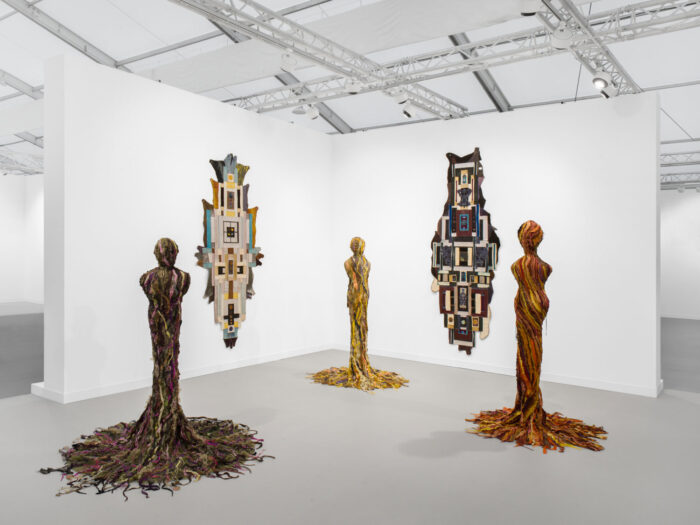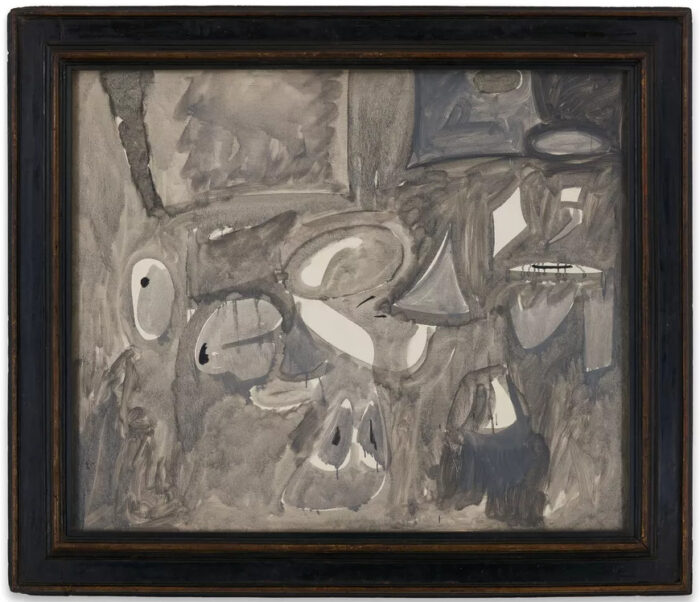
Frieze London 2024 showcased a dynamic interplay between the contemporary art world’s shifting market forces and its desire to retain an avant-garde spirit. This year’s fair was a tale of contrasts—while some booths lacked the punch needed to stand out, there were still captivating moments of creativity and innovation.


One of the highlights was the return of the Artist-to-Artist section, which celebrated mentorship and collaboration within the art community. This section, curated by prominent artists like Hurvin Anderson and Yinka Shonibare, brought together emerging talents such as Nengi Omuku and Rob Davis. Omuku’s impressionistic paintings on traditional Yoruba fabric were particularly striking, blending cultural depth with a textural quality. Her works floated in the air, allowing viewers to appreciate them from all angles, a metaphor for the multi-layered narratives woven into her art.

Meanwhile, Peter Uka’s evocative, cinematic paintings captivated audiences with their deeply atmospheric mood, balancing nostalgia with technical prowess. However, despite the thoughtful curation, some critics felt that the section, while serene and reflective, lacked the friction that could have pushed its impact further in a sales-oriented environment.

Significant commercial contrasts also marked the fair. While works like overall sales appeared more subdued compared to previous years, this was partly due to collectors taking a more cautious approach in a challenging market. However, there were still high-profile successes, such as Henry Moore’s bronze sculpture, which sold for £1.4 million.
With its mixed energy and occasional flashes of brilliance, Frieze London 2024 hinted at an event caught between commerce and creativity, still searching for a new identity in the global art fair circuit.


